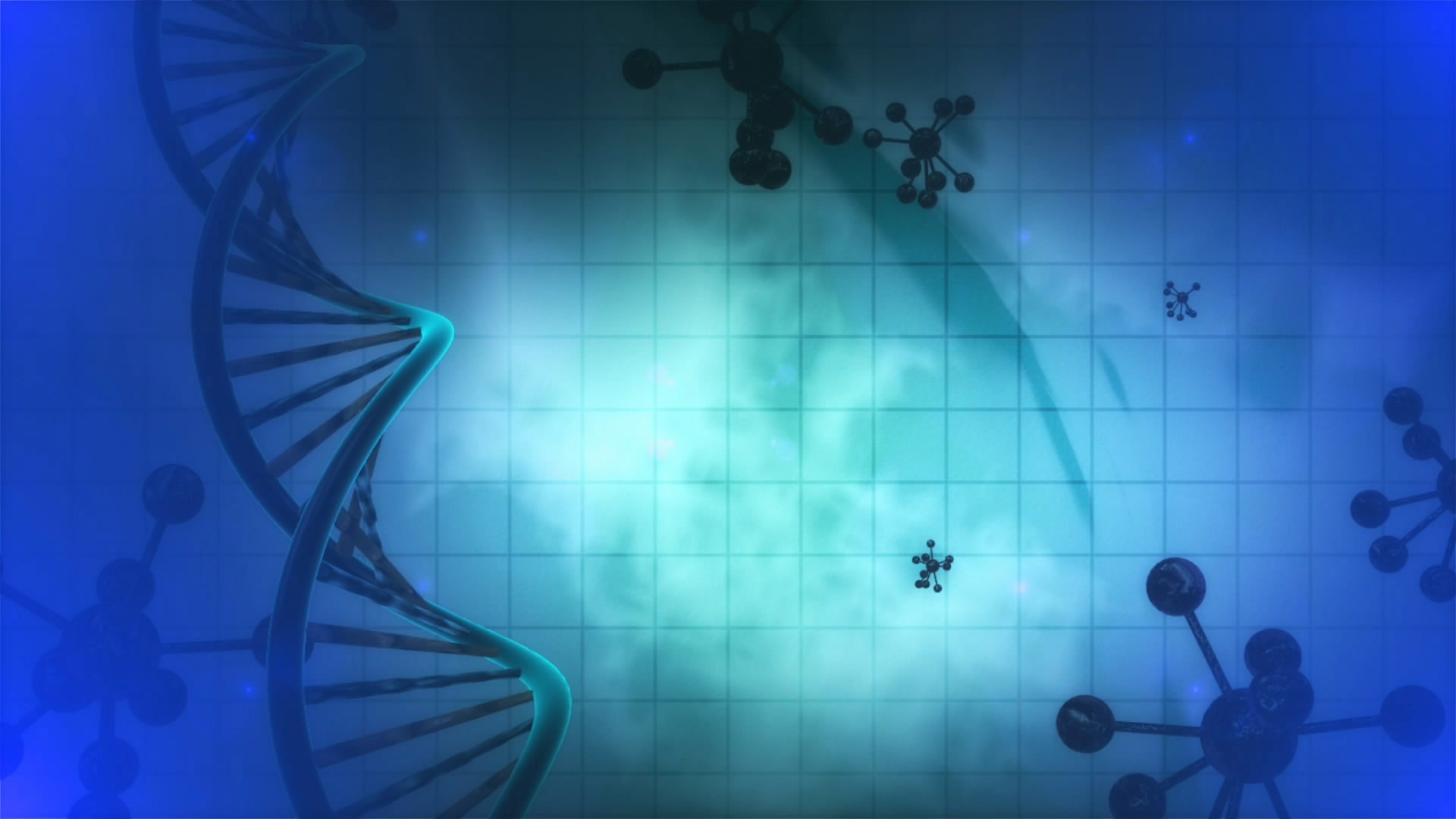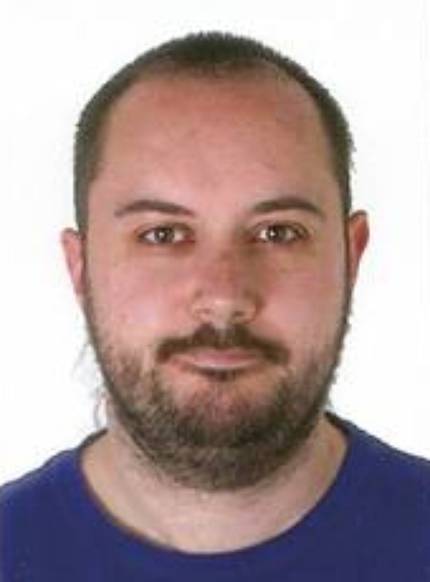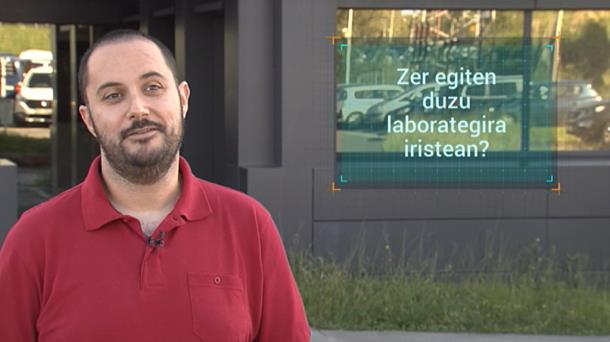Edition Prime, new technique for gene editing
2019/10/23 Agirre Ruiz de Arkaute, Aitziber - Elhuyar Zientzia Iturria: Elhuyar aldizkaria

The journal Nature has published a research of great repercussion: the team of researchers of MIT David Liu Harvard and David Liu has designed a new and effective system of gene editing that could suppose the correction of 89% of the human genetic mutations associated with diseases. The new technique, called Prime edition, is capable of making a brilliant edition. It is said that they have designed CRISPR based on the well-known technique.
The CRISPR technique was designed 6 years ago, based on the defensive system of some bacteria. When viruses attack bacteria, they incorporate their genetic material into that of bacteria; bacteria, like defense, cut and remove this invasive genetic material. The researchers adapted this bacterial system to freely cut our genetic material and introduce a substitute: They designed the Cas9 protein, which works as scissors. The problem is that scissors are not as accurate as you want and also cut the DNA where it is not needed. However, the new Prime editing method uses a variant of Cas9 scissors: It cuts a single strand of DNA, instead of the two.
Liu’s new molecular machine also carries a reverse transcriptase using some viruses: A protein capable of copying RNA and generating double filament DNA. In this way, taking advantage of the RNA that identifies the part of the DNA we want to modify, the reverse transcriptase can copy the sequence that has stuck said RNA, corrected the mutation, but without risk of cutting the two propellers of the DNA.
"With the presentation of the CRISPR technique, a new stage of gene editing is started," said Koldo García Etxebarria, a genetic researcher at the Biodonostia Health Research Institute, who made genetic editing available to any laboratory. “Then it was thought that this tool would allow the exact editing of genomes. Later it has been seen that this technique also makes involuntary changes and makes editions outside the region that wants to be edited.” This caused fear of using it in humans, as it can cause other genetic problems. “The Prime edition seems that the new technique avoids these problems,” says García. “Unlike the CRISPR technique, a single strand of DNA is cut, so it is not necessary to repair these short cells in DNA.”
In this first research, scientists have made more than 175 editions in human cells, highlighting their efficacy and safety. “It seems that the new technique is appropriate for short editions, which can allow editing mutations that cause genetic diseases,” explains García. The new technique has opened a small hope to cure rare diseases, but the Bilbaine genetics have been taken with caution: “As a new tool enriches the tool box of the researchers. Now, by extending its use to other cells and organisms, we will have to see what their limitations are. At first everything seems possible, but as the experiments are carried out, the initial heat cools down. As happened with the CRISPR technique."

Gai honi buruzko eduki gehiago
Elhuyarrek garatutako teknologia






